This Silicon Valley lab is the brains behind most of the tech innovations of the last 50 years
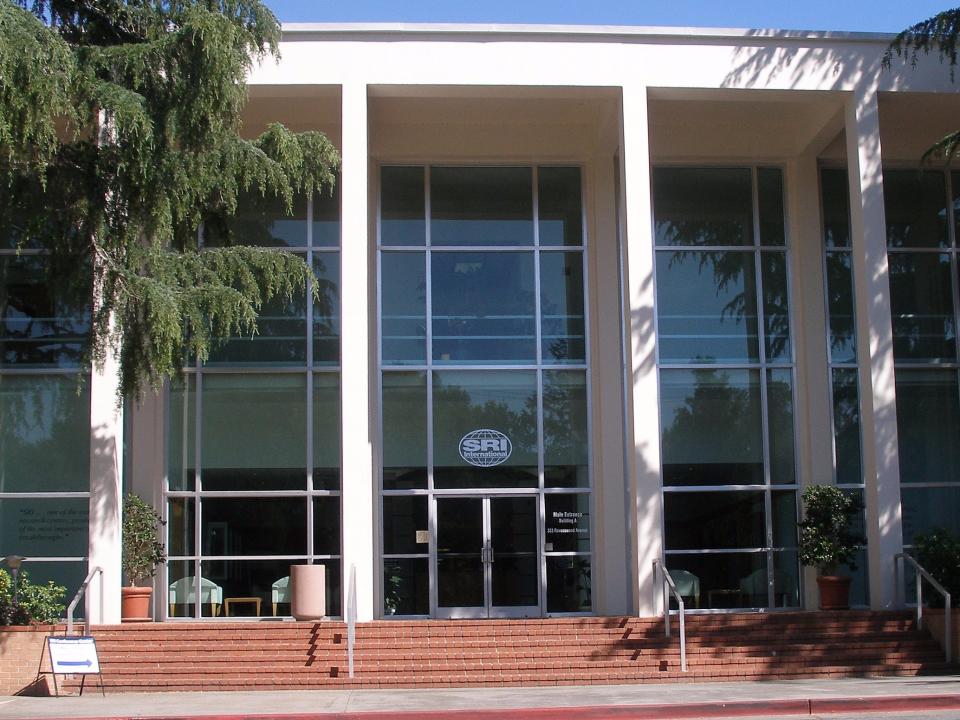
A little-known lab in Menlo Park, California is responsible for many of the most exciting technologies we’ve seen over the last half-century.
Initially founded in 1946 by Stanford University as The Stanford Research Institute, it’s now separate from the university and goes by SRI International.
But it’s always been a non-profit dedicated to research and development.
With 4,000 patents to its credit, SRI is fairly well-known in Silicon Valley, but most consumers have no idea it’s been behind the scenes helping with everything from the computer mouse to the Siri voice assistant in your iPhone.
Although discussion and plans for a research institute at Stanford go back to 1925, SRI was not officially created until 1946.
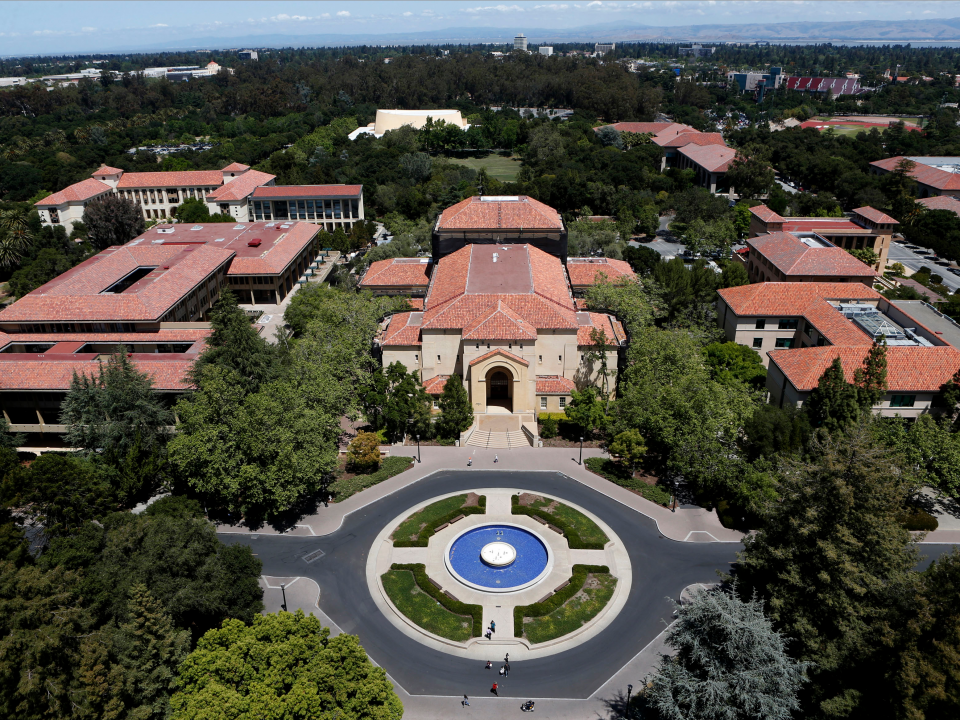
It got right to work on its first research study trying to figure out whether the guayule plant could be used as a rubber substitute — a big problem since rubber was in short supply during World War II.

Source: SRI
It’s done plenty of other research for corporations and the military, like figuring out how the Air Force could expand its aircraft inventory and helping Walt Disney find the perfect spot for his Disneyland theme park.

But world-changing innovation is what it is really known for, and a lot of the really exciting tech we take for granted now has roots at SRI.
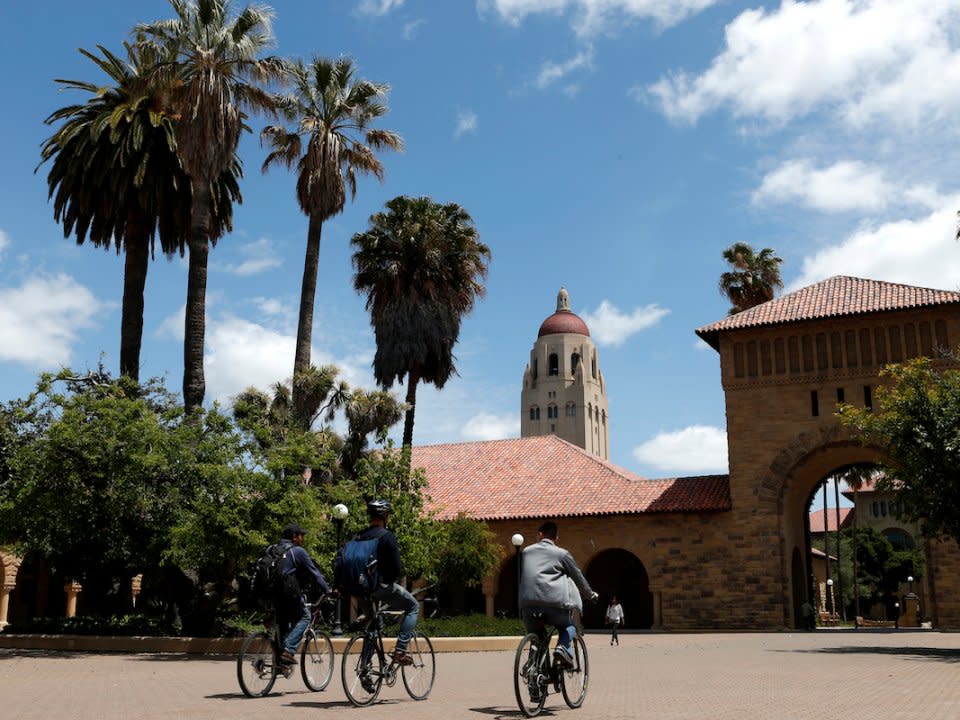
Take computers. For a contract with Bank of America in the 1950s, SRI developed a machine that replaced the tedious and slow process of bookkeeping performed by humans. The result, unveiled in 1955, was Electronic Recording Machine, Accounting (ERMA).
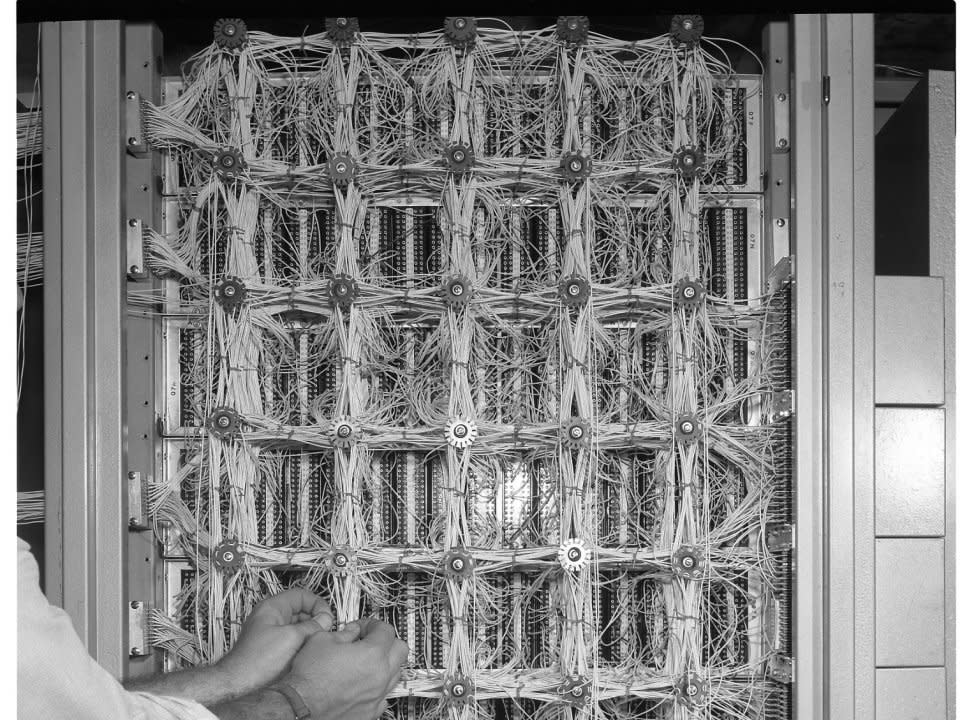
While an experienced human bookkeeper could post about 245 accounts an hour, the rudimentary ERMA — with vacuum tubes and tapes for storage — could post 33,000 accounts an hour, a groundbreaking innovation that proved computers would be invaluable for businesses.
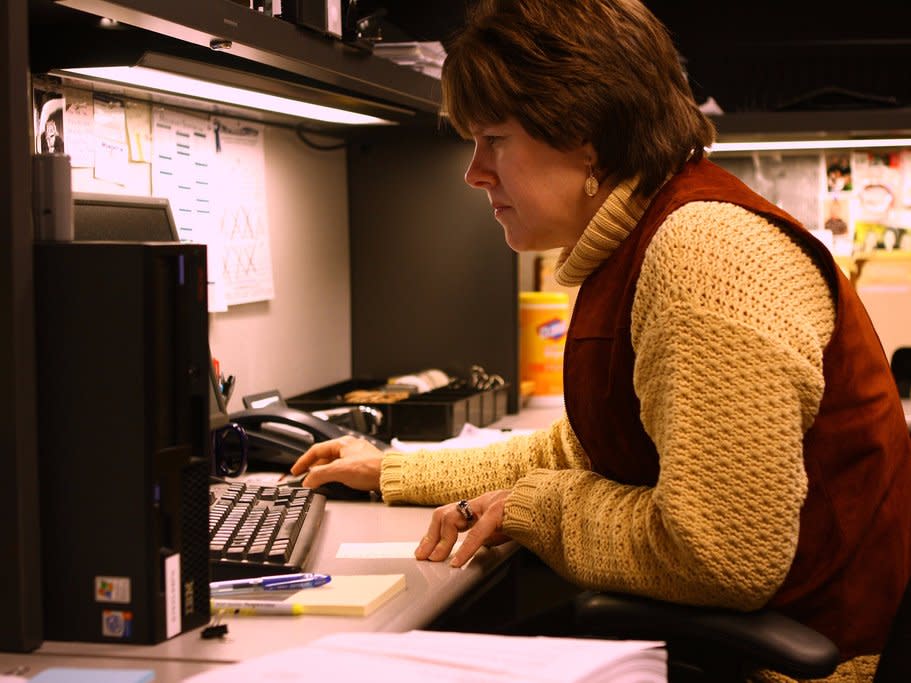
If you’ve watched a DVD on a television in the last few years, you have SRI to thank for laying the groundwork in 1963 for the liquid crystal display (LCD) and optical video disk that both technologies use.
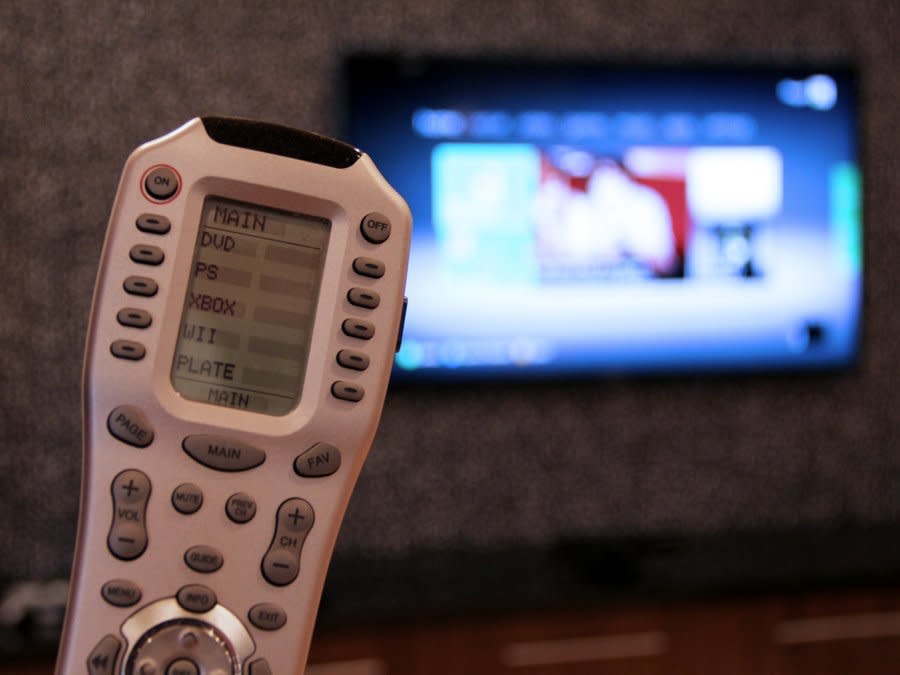
Source: SRI
Arguably one of SRI’s most crucial years — and really an amazing year for tech in general — was 1968, with Douglas Engelbart and his “Mother of All Demos” that showed computing most people couldn’t even imagine.
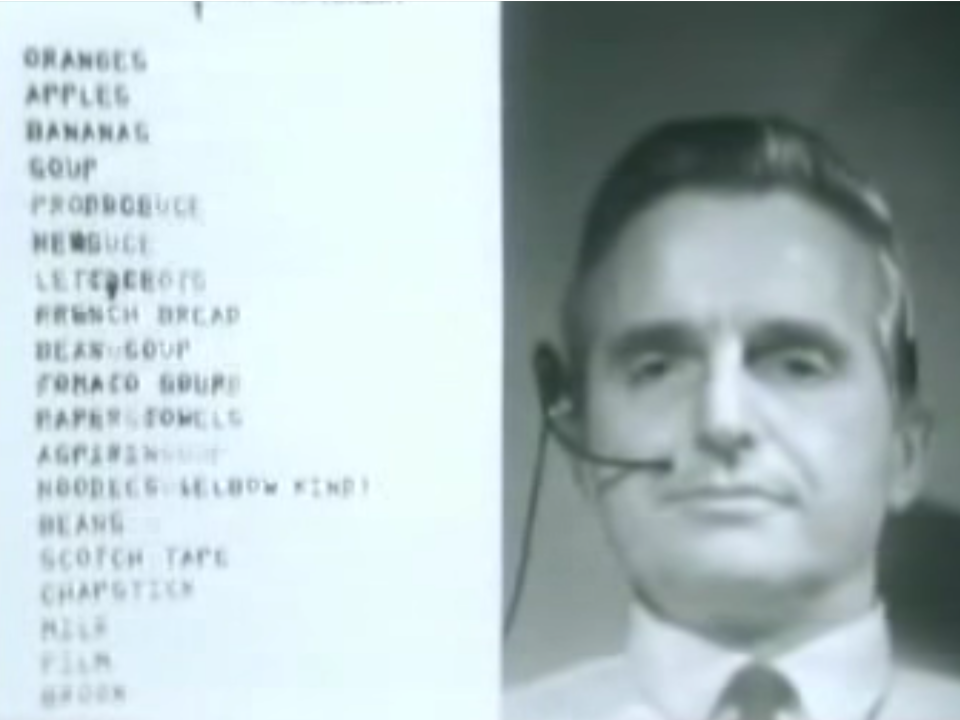
On Dec. 9, 1968, Engelbart debuted the first computer mouse, real-time text editing, graphics on a screen, and basic networking. All of these things would obviously show up later, and are critical parts of the computers and smartphones that we use today.

While the modern internet traces its roots back to the ARPANET that was built by the Defense Advanced Research Projects Agency (DARPA), it has a direct connection to SRI: The lab was one of the four original network nodes, and the first transmission on this pre-internet was someone logging on from UCLA to SRI in 1969.
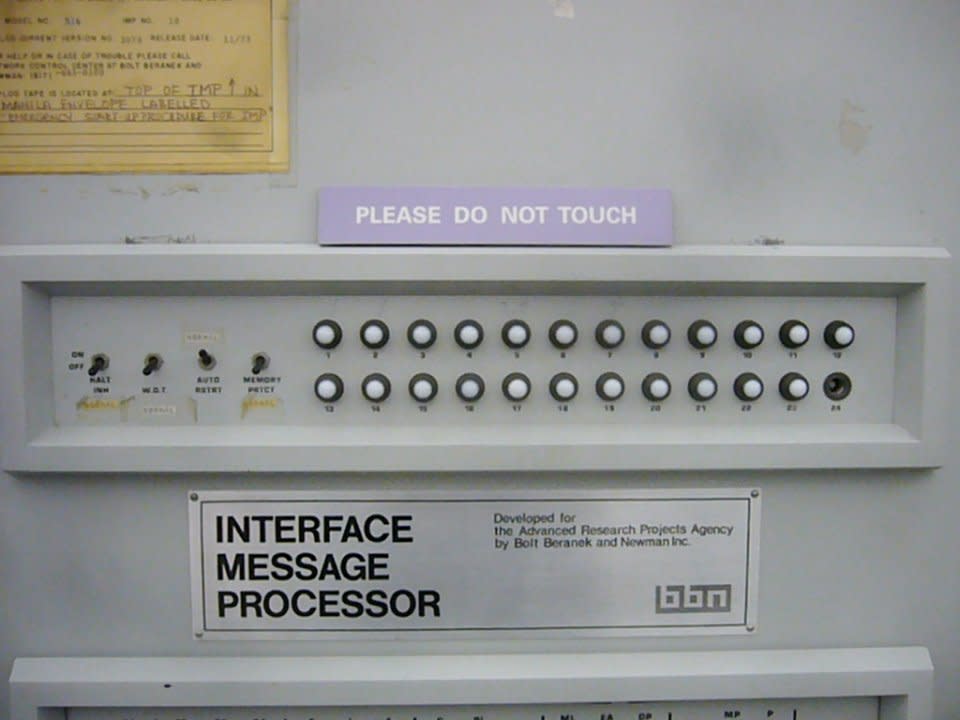
Back then, networks were accessed with long numbered addresses, which weren’t exactly easy to remember. In 1970, SRI was the first to assign domain names, like sri.com or businessinsider.com, that makes it easier to find stuff on the internet today. Other agencies later did this as well, before ICANN took over the official duty in 1998.

And next time you say, ‘Hey, Siri,’ remember the world’s first virtual personal assistant came out of decades of artificial intelligence research SRI did for DARPA. The lab spun it off as its own company in 2007, which Apple bought in 2010.
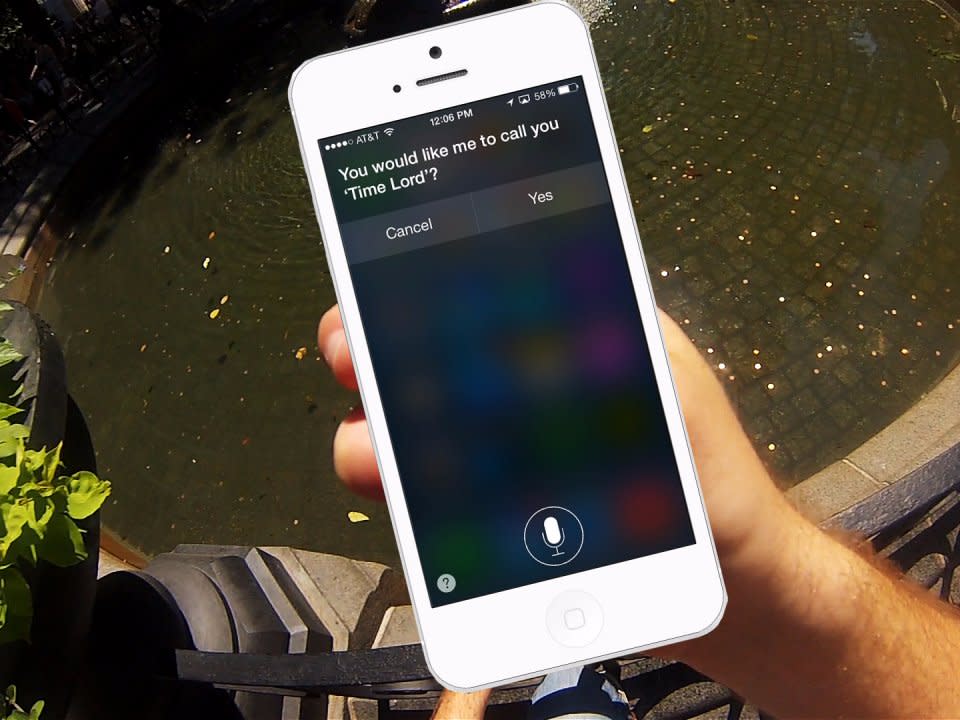
SRI has other successes in speech recognition besides Siri. Its software was used to deliver over-the-phone stock quotes for Charles Schwab in 1996, and its IraqComm translation system helped US forces quickly translate English-Arabic in the Iraq war.
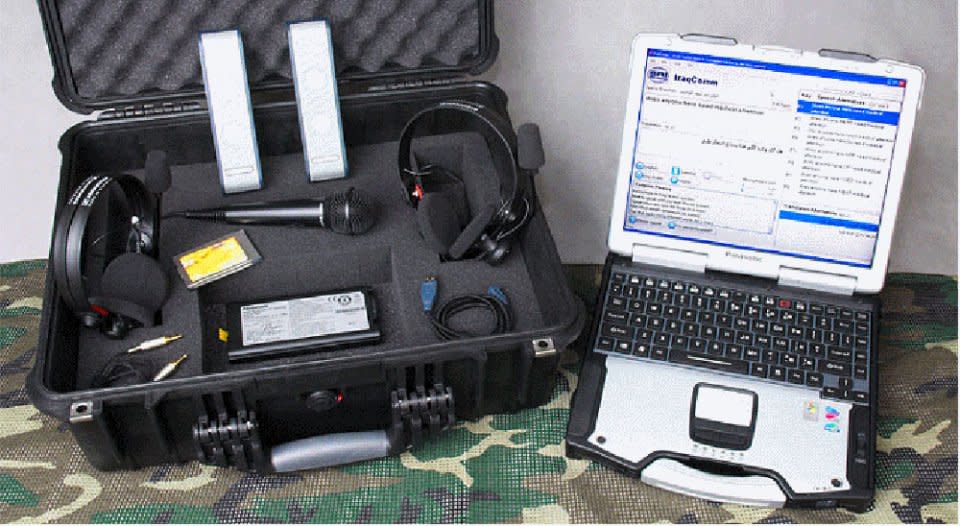
But the lab’s breakthroughs didn’t only help drive the technology behind computers, or the smartphone in your pocket. It also led developments in education, business, health, and entertainment.

One big example is the Society for Worldwide Interbank Financial Telecommunication, better known as SWIFT. It’s basically the universal language and network that banks around the world talk in, and SRI established a large number of the parameters behind it.

In similar fashion to how it improved Bank of America’s bookkeeping, SRI helped the US Postal Service deploy an advanced address recognition system — automatically sorting 12 letters a second in 1997.

And it’s done studies upon studies, looking into everything from the government’s “Head Start” program and football injuries in the NFL to the analysis of whether an aquarium was a good idea in Monterey, California (it was).

But what’s the next big thing going to be? Well, it’s hard to say.
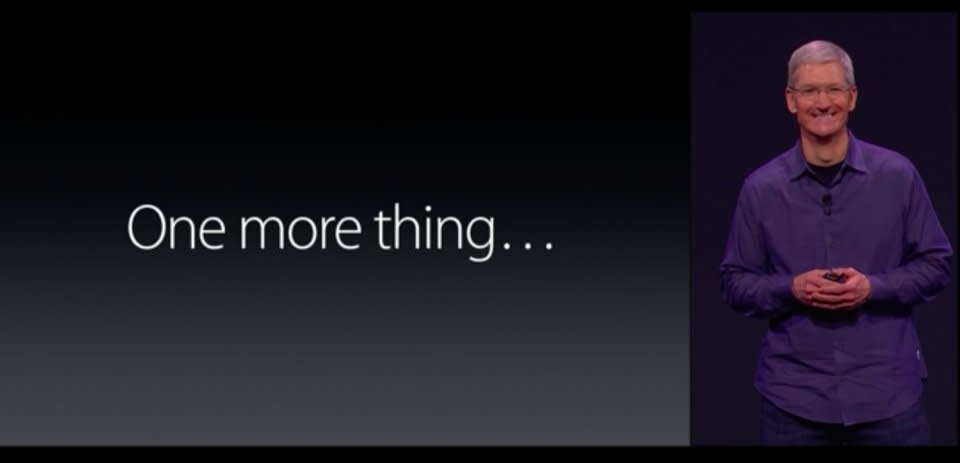
Researchers at SRI are moving forward with projects in artificial intelligence, building advanced robots, and even a wearable that could regulate personal body temperature.
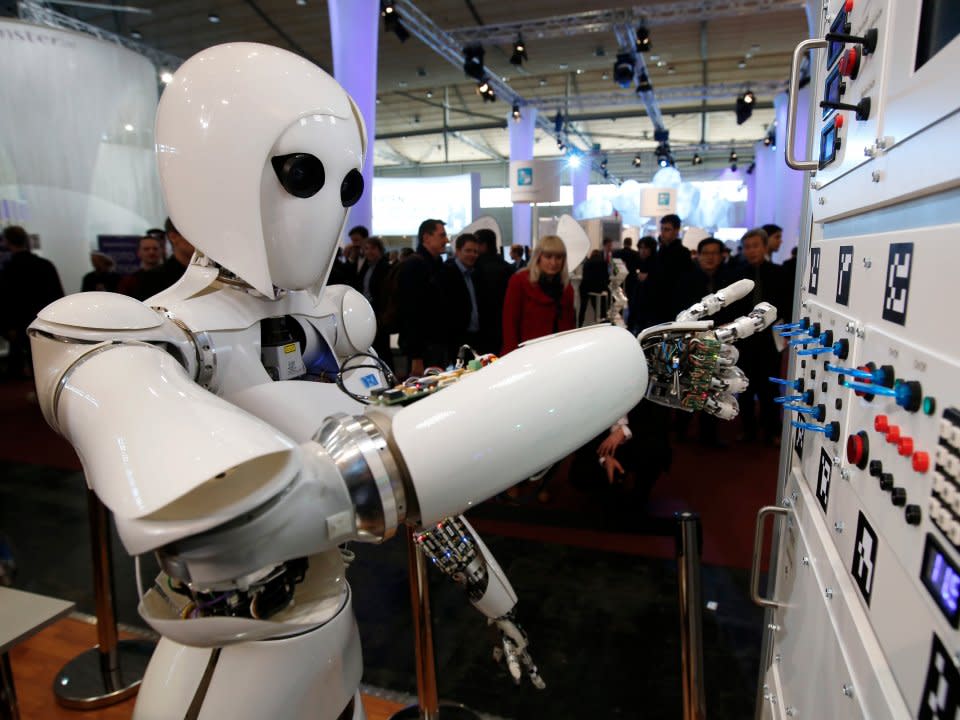
Earlier this year, it was awarded a $20 million contract to potentially develop a vaccine for cancer.
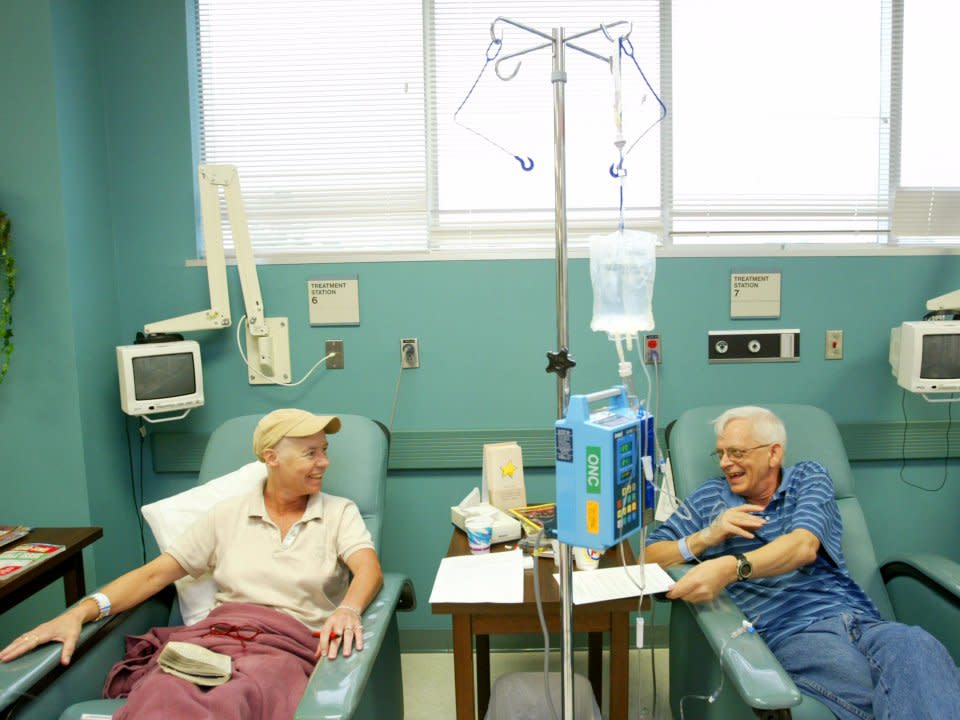
Source: SRI Press Releases
Whether SRI develops major commercial products from this research is still uncertain, but considering the lab’s history, it’s a safe bet to assume that at least some of the tech will make its way into your home.
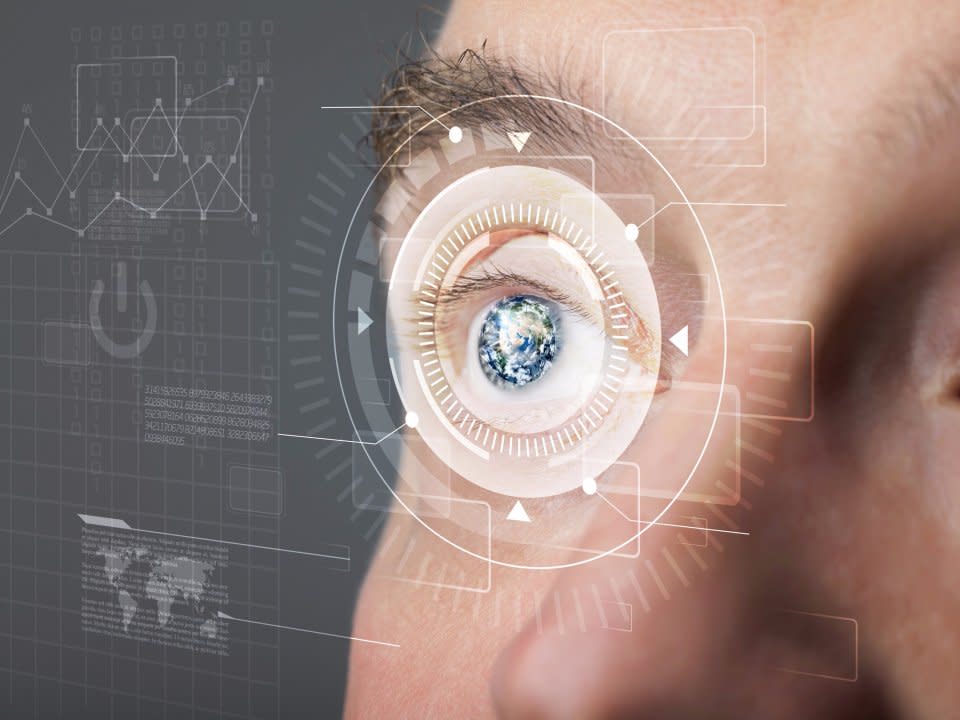
The post This Silicon Valley lab is the brains behind most of the tech innovations of the last 50 years appeared first on Business Insider.

 Yahoo Finance
Yahoo Finance 
